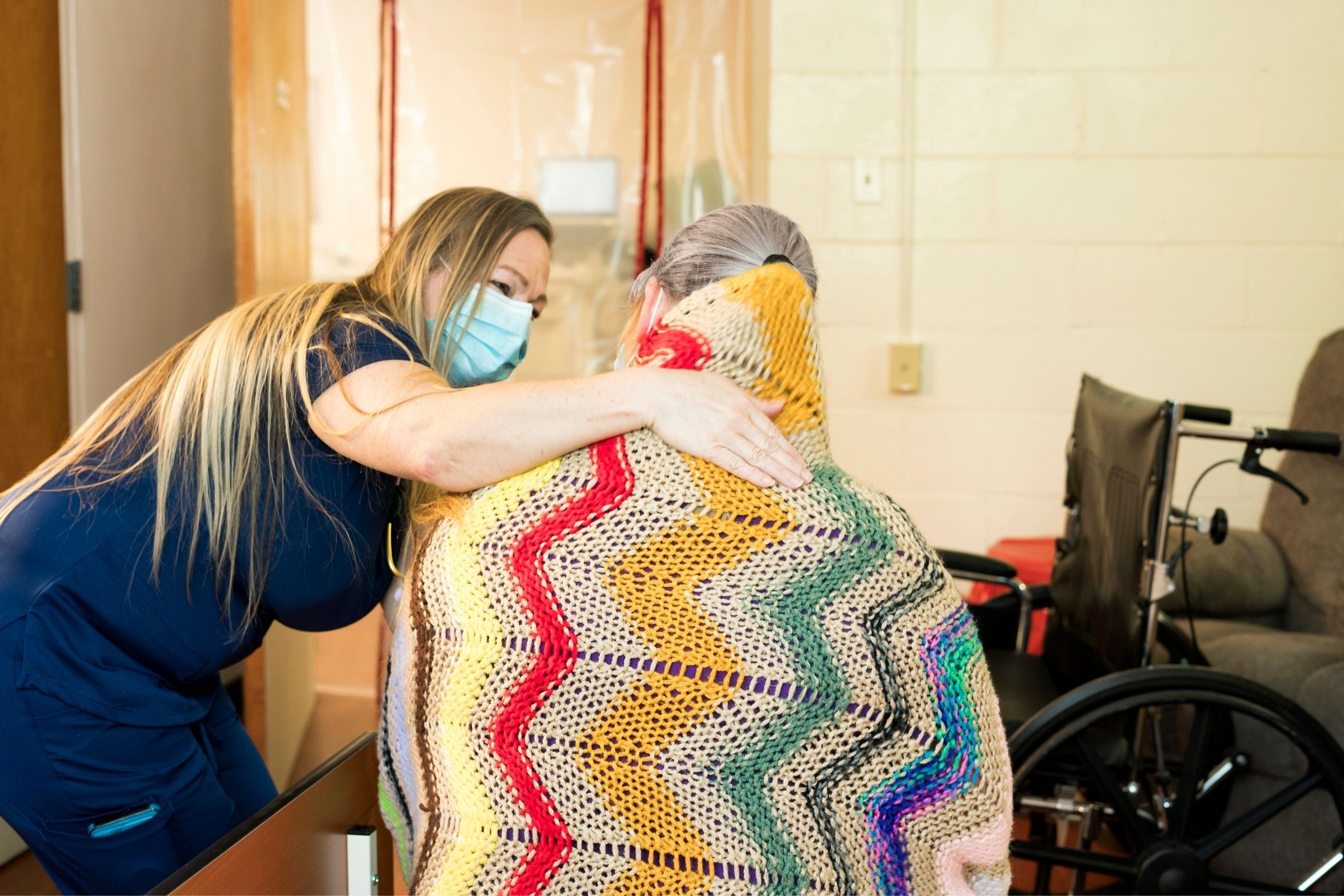
Should he accept a permanent role, or remain with his employer’s contract arrangement, which allowed them to charge a higher hourly rate?
The question is an important one for aged care staff at a time when their skills are in high demand, and for the industry, which is grappling with staff shortages, concerns about financial sustainability and quality care.
COVID-19 highlighted the dismal working conditions and insecure nature of many aged care roles, and the potentially devastating effects when aged care workers are forced to work multiple jobs between homes just to make ends meet.
The royal commission also identified contracting as a “significant trend” in recent years that was not conducive to building a “skilled, career-based, stable and engaged workforce” that was capable of delivering “high quality aged care”.
The commissioners recommended that from 1 January 2022, the regulator should keep an eye on levels of contractor employment, and record the extent to which aged care providers rely on independent contractors.
The Aged Care Workforce Taskforce also identified casualisation of the workforce as one of the industry’s key challenges.
And perhaps, most importantly, it seems aged care workers themselves would prefer the certainty and security that comes with permanent employment, not casual jobs.
The post in HelloCare’s support group on Facebook attracted over 60 comments, and almost all of them encouraged the original poster to accept the offer of permanent work.
“Permanent also means that you will have a minimum amount of guaranteed hours at the workplace, whereas casual they may fluctuate your shifts (38 hours one week and then 10 hours the next week).
“It’s more financially stable to have a permanent part time or full time job,” one commenter wrote.
Several members of the group also noted that if the original poster ever wanted to take out a loan or obtain a mortgage, it would be almost essential to have permanent employment.
A few aged care workers said they prefer the flexibility and higher hourly rates of casual work.
“It’s not worth it unless you are wanting to secure a home loan to provide a regular income, as the pay rate is a big drop,” one commenter said.
“If you’re happy to take holidays and sick days without pay, then stay casual.”
The ideology of remaining as a casual employee in the aged care industry is understandable. Workers receive both the casual loading and shift penalties which can add several dollars per hour to their pay rate. It is also the reason why a significant proportion of workers choose to work for two Not For Profit providers on a part time basis, as they can receive the benefit of two lots of salary packaging. Now we also see workers undertaking the same types of work for NDIS recipients, but being paid up to $7 per hour more. What is not understandable, is that the majority of us know that there are insufficient people to support residential aged care, home care, CHSP and NDIS recipients, and that the governments remain oblivious to the work force crisis that is now upon us.